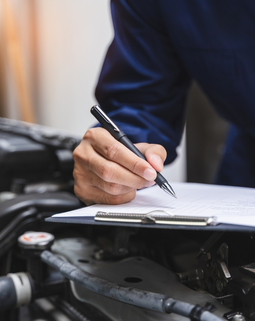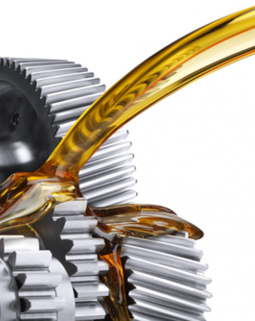Our car tires play a crucial role in giving us a smooth ride. They are responsible for the grip on the road, steering the car, and in stopping the car as well. In short, they are one of the most vital parts of our car. Driving on worn, bald or low tread depth tires can be a safety hazard. However, many car users often neglect the tires and do not maintain them well.
Here are a few tips from Mykhmercar.com on maintaining car tires for a safer ride and an increased tire life.
-
Maintain proper air pressure: Always check the tires before you start driving. Get the tires inflated to manufacturer specified pressure. Underinflated tires can lead to lower mileage and poor handling. Over-inflation also has an adverse effect on the braking, and increases the chances of a tire burst. However, it is recommended to over-inflate the tires slightly in case of cemented roads for higher friction generation while accelerating or braking.
-
Check wheel alignment: Wheel alignment refers to the calibration of suspension and tie-rod settings. Regular wheel alignment ensures an even tread wear on all the tires. Additionally, any malfunctioning component of the suspension will come into notice during wheel alignment. If the car is pulling to one side, experiences uneven tire wear, or there are vibrations in the steering, get your wheels aligned and balanced.
-
Tire rotation: Tire rotation means periodically repositioning the tires of your vehicle. One should rotate the tires as recommended by the vehicle manufacturer, or every 5,000 miles. This is another way to ensure even tread wear between all the tires. The tires on the live axle are prone to increased wear and tear, while the ones on the free axle experience less wear and tear. Hence, one should rotate the wheels at regular intervals.
-
Avoid sudden braking and hard acceleration: High friction generated during hard acceleration and heavy braking causes tires to wear our sooner.
-
Use OEM specified tires: Sometimes, owners change the rims and tires of their cars for higher aesthetic appeal or a more aggressive and rugged look. However, those tires may not take into account the manufacturer’s specifications or parameters on which the car had been designed, leading to poor handling or performance. Vehicle handling may be significantly affected by a change in tire size or type. When selecting tires that are different from the original size, see a professional installer to ensure that proper clearance, load-carrying capacity, and inflation pressure are selected.
-
Inspect treads regularly: Periodically check the tread depth of your tires. Replace the tires when they reach 1.6 mm remaining in tread depth. Bald or excessively worn out tires are prone to skidding and are also more likely to suffer punctures.
-
Check the tires for damage regularly: Frequent inspection of the tires for signs of damage like cracks, penetrations, knots, bulges, etc. is essential for safety. Get the tires checked by experts and repaired if required.
-
Do not overload your car: Overloading the car places unnecessary stress on the tires and other critical components, resulting in poor handling, increased fuel consumption and premature tire wear and damage.
In spite of taking good care of tires, they need to be replaced over time. Rubber tends to harden over time, making tires more susceptible to overheating and blowouts. Therefore, tires should be replaced after 40,000 kms or a maximum of 6 years of good use.
Visit Mykhmercar.com – Cambodia’s leading online automotive buying and selling portal – for more tips on maintaining your car, and latest updates in the automotive industry. And the next time you wish to buy a car or bike, do look up the offers on Mykhmercar.com before closing the deal... You can also shop for spare parts and insurance on the website!





